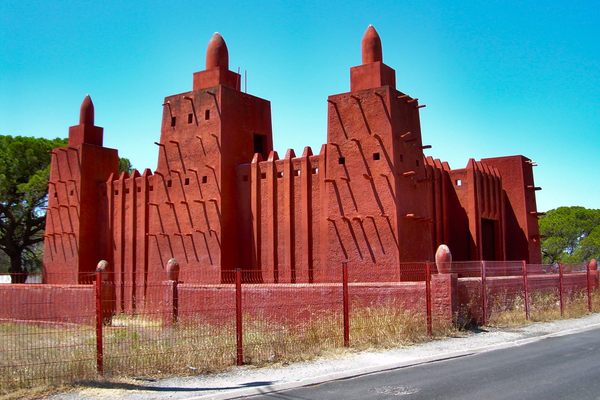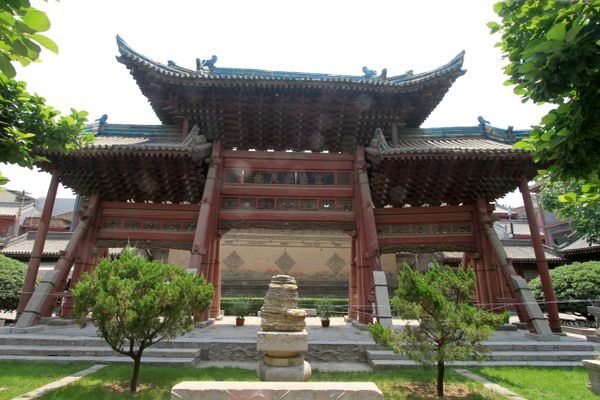About
Today, Pedralbes is a well-heeled borough to the west of Barcelona, but 700 years ago, it was merely uninhabited countryside. Queen Elisenda de Moncada personally chose this location to construct a convent so she could live there as a penitent widow. In the palace not far away, King Jaume II's health was failing and she knew his time was short.
One of the most striking features of the monastery is Queen Elisenda's double-sided tomb. Upon entering the church, visitors are greeted by an ornamental sculpture of Elisenda dressed in full regalia, a symbol of poise. Facing the cloister on the other side of the church, she's represented as full of sorrow, repenting for her sins.
For seven centuries, abbesses have presided over a community rooted in the same Franciscan ideals of religious observance. Latin inscriptions along the refectory point to one of the nuns's many acts of seclusion. They were admonished to listen to the liturgy and eat in silence.
In 1327, the Poor Clare community of nuns first took up residence at the monastery. Populated by daughters from Catalonia's wealthiest families, they often brought with them a dowry. Visitors are afforded the opportunity to admire the exceptional treasures the Poor Clare nuns amassed.
On display are 16th century altarpieces, an iconographic sculpture of Christ awaiting crucifixion, and paintings that anachronistically place Saint Francis of Assisi in scenes of the Nativity. The museum ecclesiastical works are designed in Gothic, Renaissance, and Baroque styles.
The works were principally designed to preserve piety and ensure devotion among the nuns, and private cells add to the austere atmosphere. Less austere are the recently restored 14th century murals in Saint Michael's chapel. Scarlet red and sky blue colors dazzle in scenes covering the "Joys of the Virgin Mary" and the "Passion of Christ."
Ferrer Bassá, one of Catalonia's earliest documented painters, was contracted to paint the chapel, but he wasn't the only Italian artist to work at Pedralbes.
Other highlights inside the monastery include a well-preserved Renaissance infirmary, and herb gardens replete with marjoram, oregano, and basil. There is also a collection of two-dozen miniatures telling the story of the birth, death, and resurrection of Jesus Christ; a favorite among tourists.
As visitors exit, they are greeted by refreshing mountain air and the smell of ripe mandarin trees.
Related Tags
Know Before You Go
The monastery closes at 2 p.m. between Monday and Friday, but on Sundays, you can visit later until 5:00 p.m. and after 3:00 p.m. for free. It's advisable to go a little later during visiting hours to avoid big school-groups.
Community Contributors
Added By
Published
March 20, 2020





































